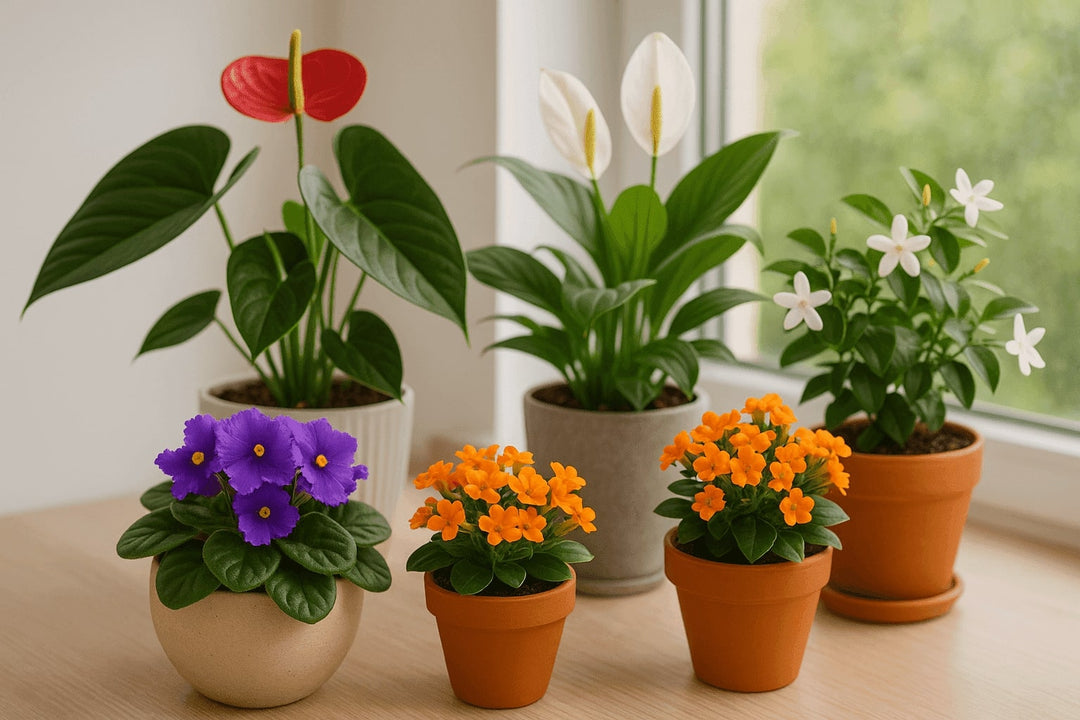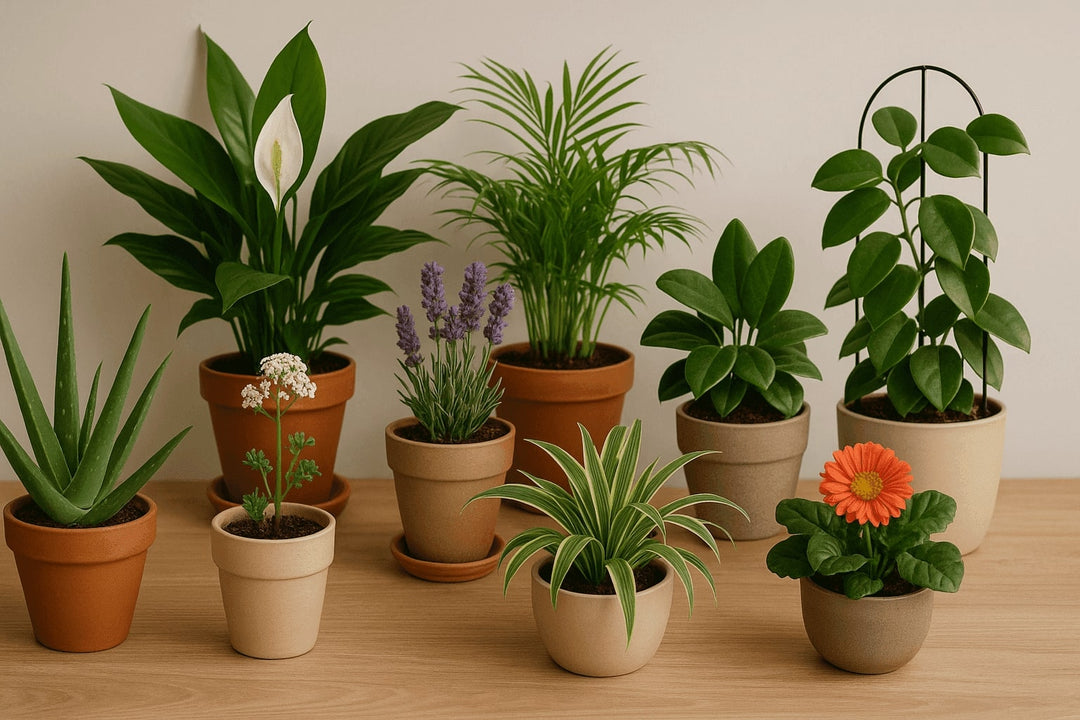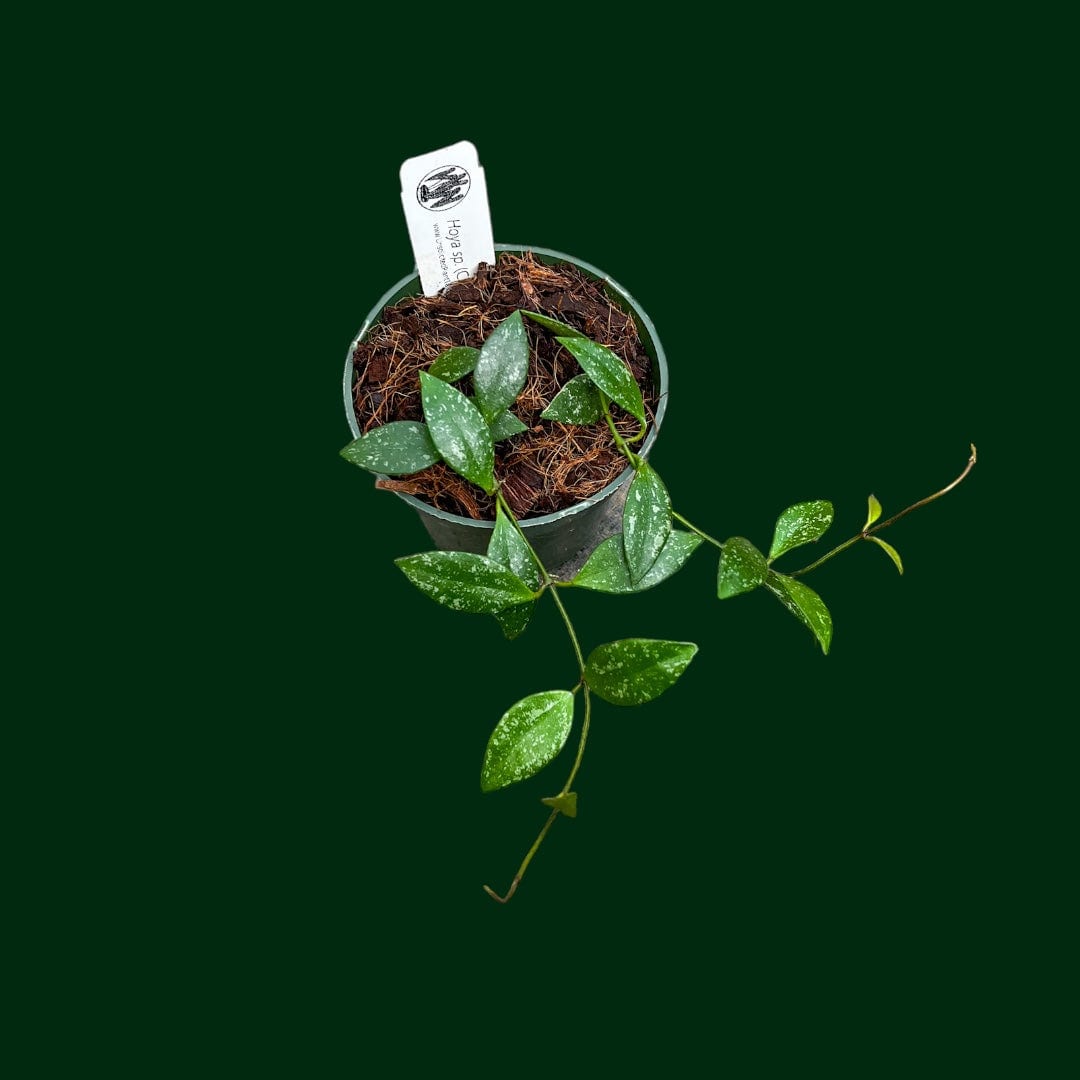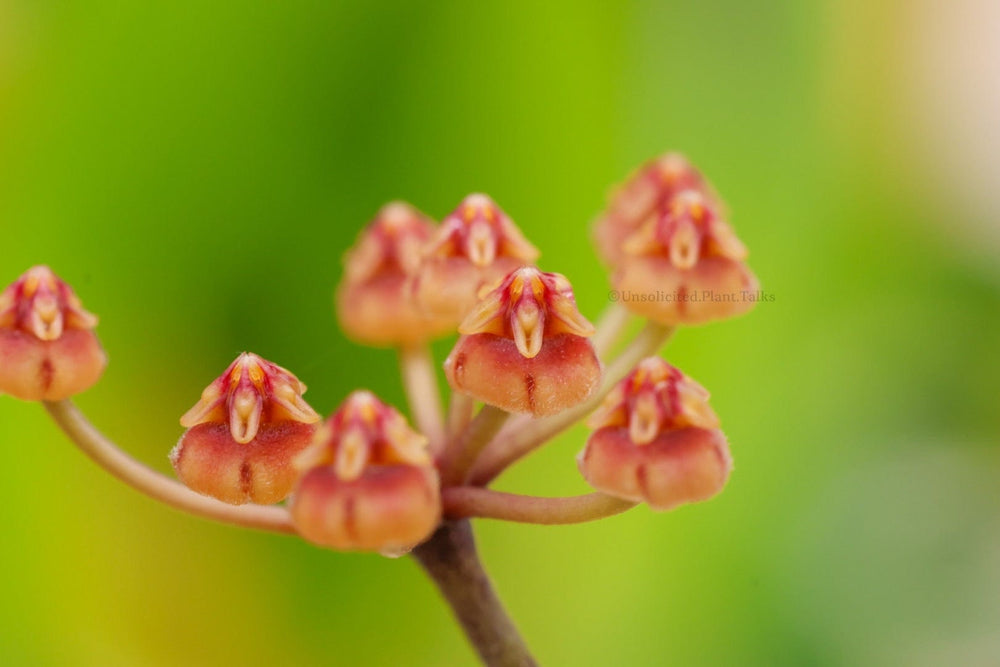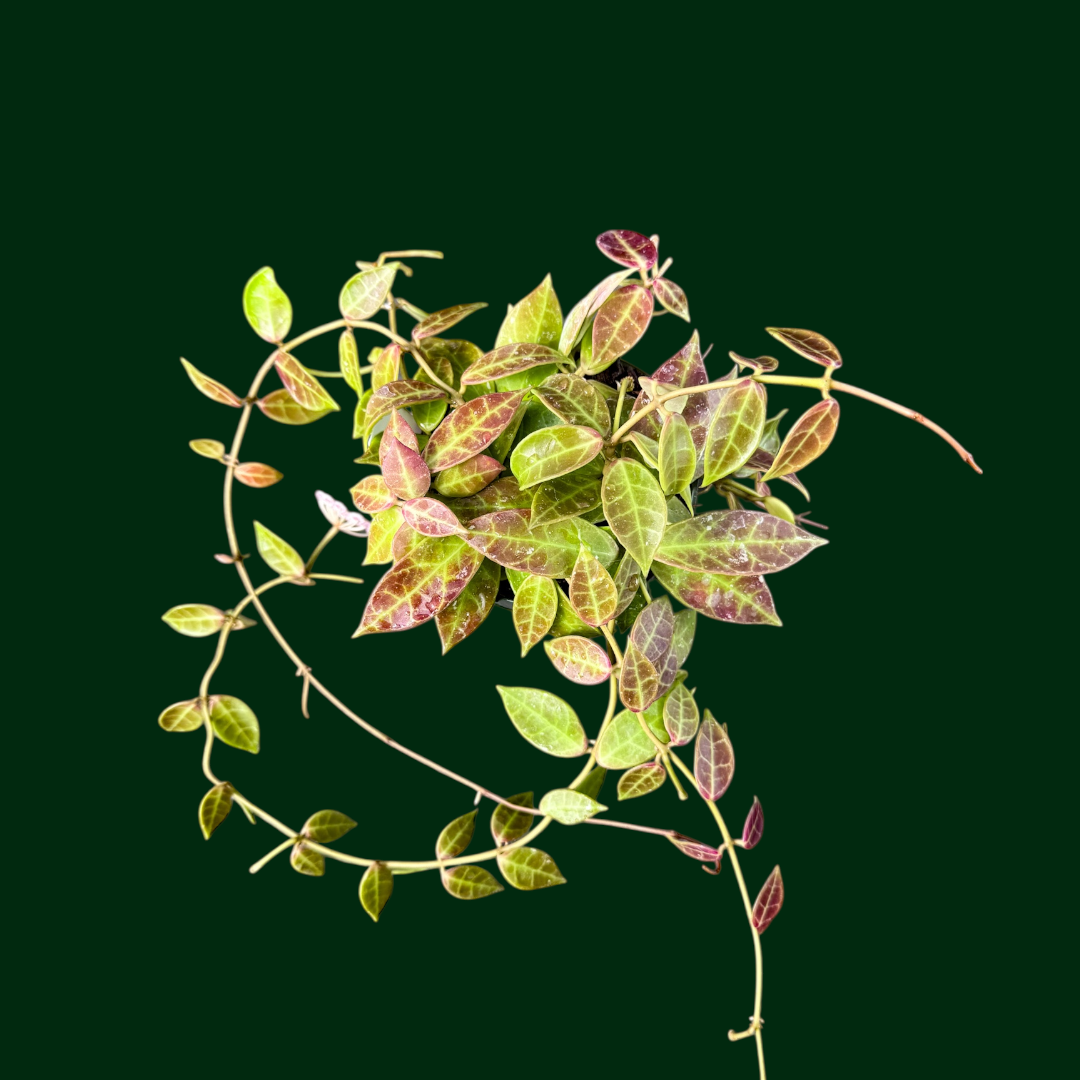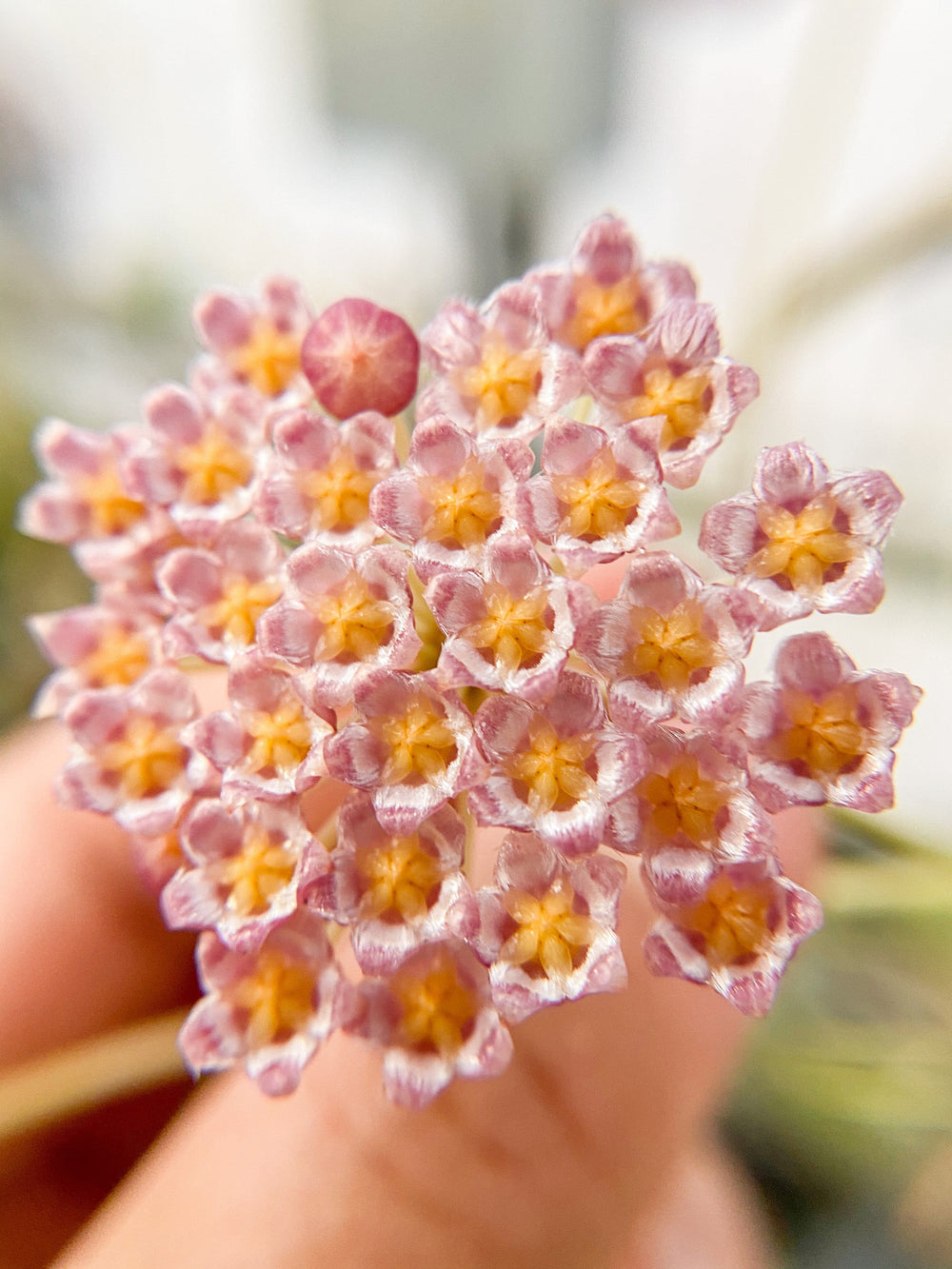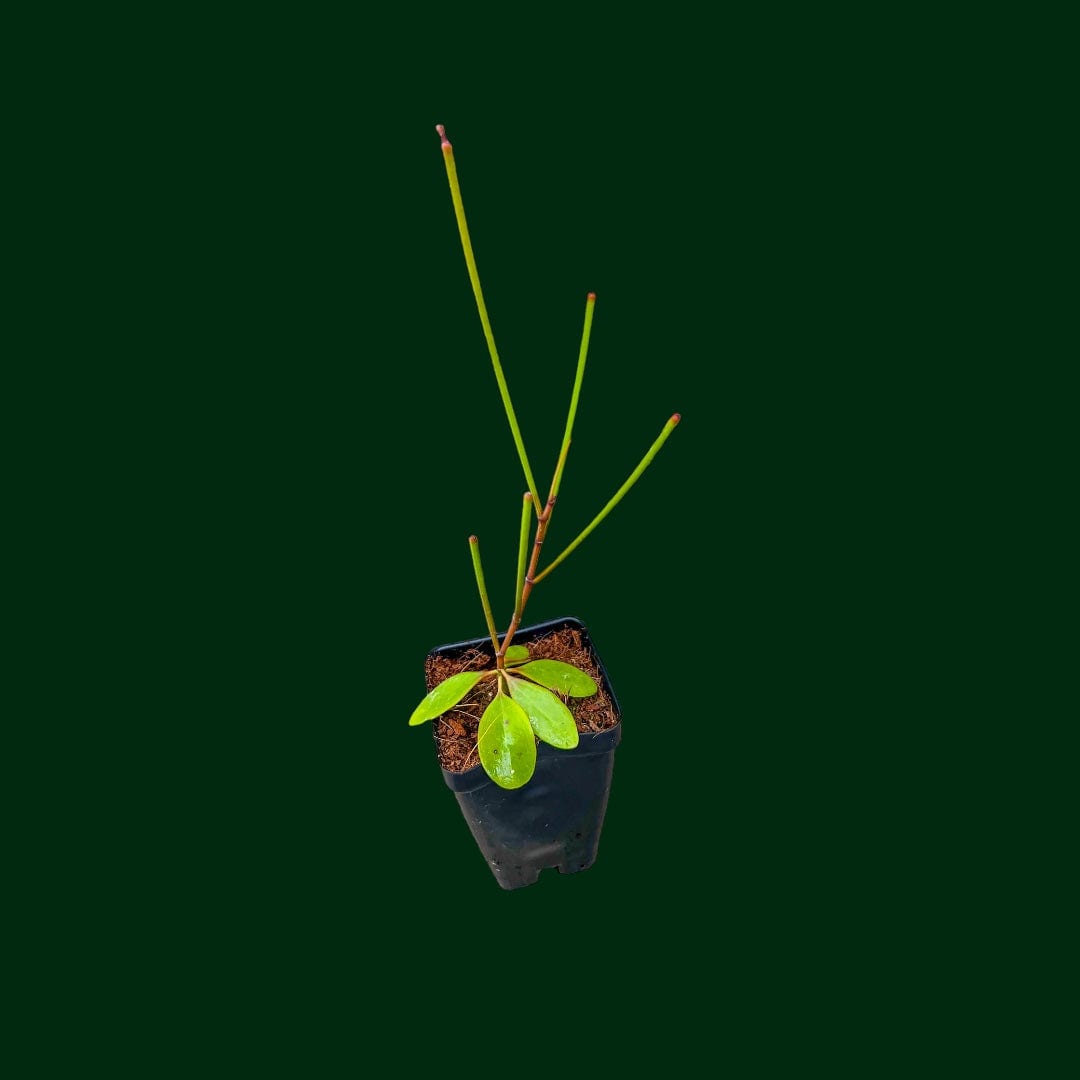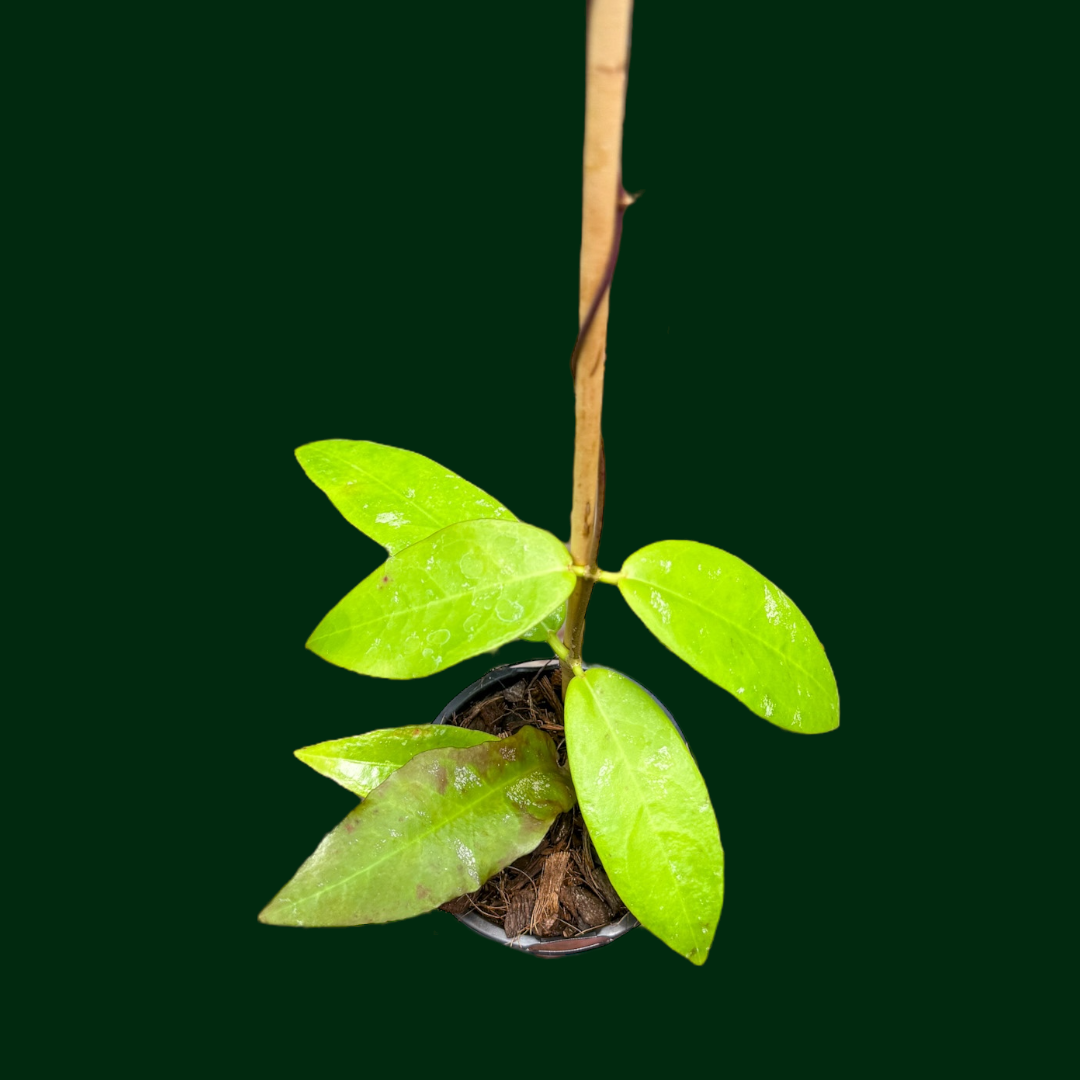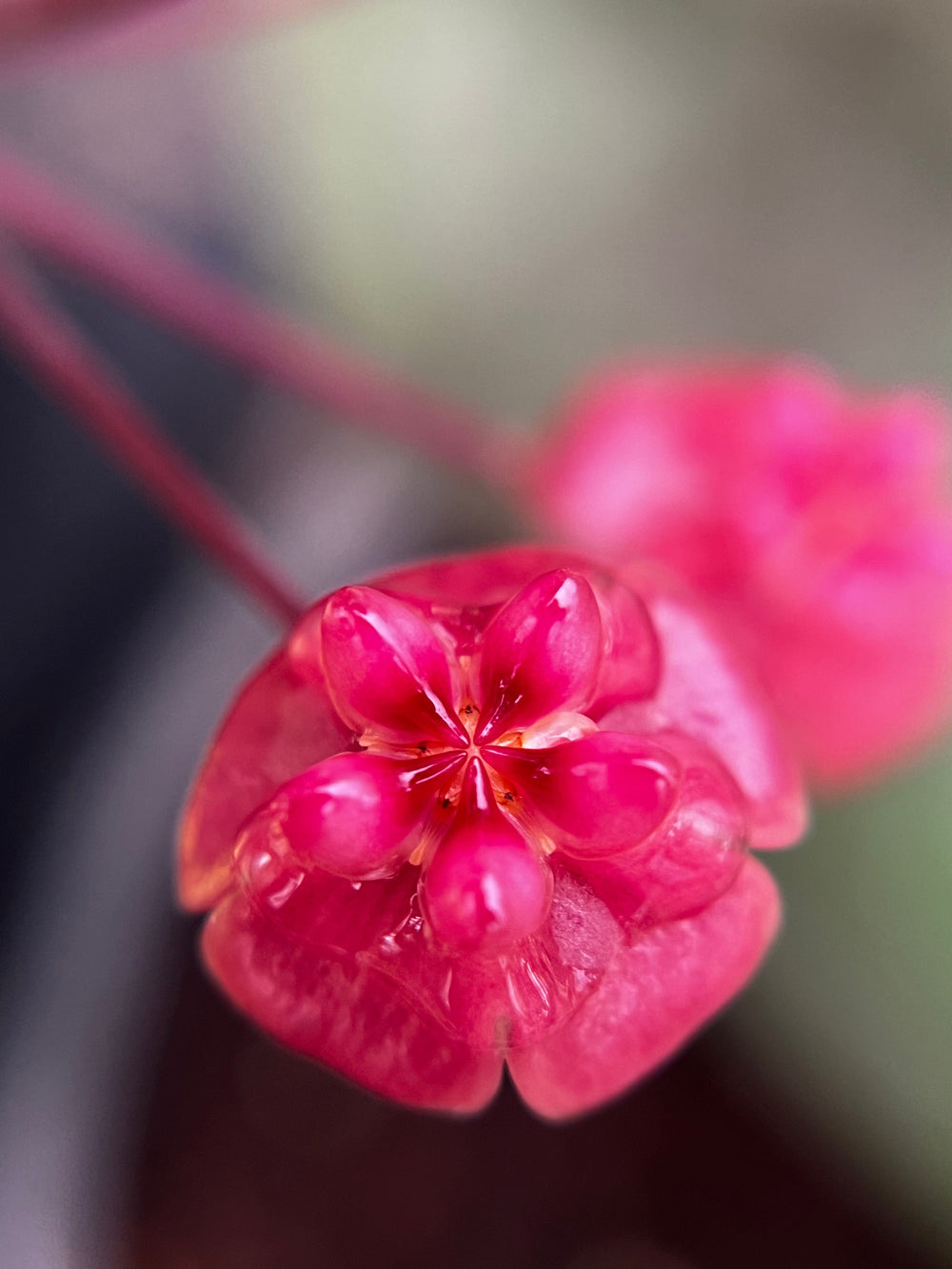Why Does My Hoya Have Black Spots?

Table of Contents
- What Is Causing Black Spots on Hoyas?
- Identifying the Black Spot Source
- Treatment Strategies for Black Spots
- How to Keep Your Hoya Spot-Free
- The Bottom Line
Hoyas, those beloved vining plants with waxy leaves and fragrant blooms, can bring a touch of tropical charm to any indoor space. But even the most devoted Hoya parent can face a disheartening sight: black spots marring the once-pristine foliage. Don't despair! Black spots on Hoyas are a common issue, and with proper diagnosis and treatment, your plant can bounce back beautifully.
This guide delves into the various causes of black spots on Hoyas, equipping you with the knowledge to identify the culprit and take the necessary steps to restore your plant's health.
What Is Causing Black Spots on Hoyas?
Several factors can contribute to black spots on your Hoya. Here's a breakdown of the most common culprits:
- Fungal or bacterial leaf spot: This is a frequent offender, particularly in conditions with poor air circulation and excessive moisture. Fungal spores or bacteria can settle on the leaves, leading to the formation of small, dark spots that may enlarge and merge over time.
- Edema: This non-infectious condition occurs when your Hoya absorbs more water than it can transpire (release through its leaves). The excess water pressure causes cells to burst, resulting in the appearance of corky, black spots, usually on the underside of the leaves.
- Sunburn: Hoyas generally prefer bright, indirect light. However, prolonged exposure to direct sunlight can cause stress, manifesting as black or reddish-brown spots on the leaves.
- Pest damage: While less common, certain pests like mealybugs or scale can leave behind black, sooty mold on your Hoya as they feed on the plant's sap.
- Natural spots: Some Hoya varieties, particularly on the undersides of their leaves, have naturally occurring dark spots. These pose no threat to the plant's health and should not be a cause for concern.
Identifying the Black Spot Source
The key to treating black spots effectively lies in accurately identifying their source. Here are some pointers for diagnosis:
- Location of spots: Fungal and bacterial leaf spots typically appear on both the upper and lower surfaces of leaves. Edema, on the other hand, usually manifests as black spots primarily on the undersides. Sunburn spots tend to be concentrated on the sun-exposed areas of the leaves.
- Appearance of spots: Fungal and bacterial spots often have a raised, wet, or scabby appearance. Edema spots can be slightly raised, but they usually feel corky or dry to the touch. Sunburn spots may be surrounded by a yellow halo.
- Presence of other symptoms: Look for additional signs that might point towards a specific cause. Fungal or bacterial infections may be accompanied by yellowing leaves or wilting. Edema can also cause the leaves to feel slightly swollen. Pest damage might involve visible insects or sticky residue on the leaves.
Treatment Strategies for Black Spots
Once you've identified the cause of the black spots, you can implement the following treatment strategies:
- Fungal or bacterial leaf spot: Isolate your Hoya to prevent the spread of infection. Remove severely affected leaves and improve air circulation around the plant. Apply a fungicide or bactericide specifically labeled for houseplants, following the product instructions carefully.
- Edema: Adjust your Hoya watering practices. Allow the top inch of soil to dry completely before watering again. Avoid overwatering and ensure your Hoya pot has drainage holes. Improve air circulation around the plant. Severely affected leaves can be removed, but the spots themselves are usually harmless.
- Sunburn: Move your Hoya to a location with bright, indirect light. Avoid harsh midday sun. Damaged leaves might not recover fully, but new growth should be healthy.
- Pest damage: Identify the specific pest and treat accordingly. Insecticidal soap, neem oil, or horticultural oil sprays are effective options for many common houseplant pests.
- Natural pots: These spots require no treatment and are simply a characteristic of the Hoya variety.
How to Keep Your Hoya Spot-Free
The best approach to black spots is prevention. Here are some tips on how to care for your Hoya to keep it healthy and spot-free:
- Watering: Water thoroughly when the top inch of soil dries out. Avoid overwatering, as this can lead to fungal issues and edema.
- Light: Provide your Hoya with optimal lighting conditions - make sure it has access to bright, indirect light. Avoid harsh midday sun exposure.
- Air circulation: Ensure good air circulation around your Hoya. Avoid placing it in crowded spaces or next to walls.
- Potting mix: Use a well-draining potting mix specifically formulated for cacti and succulents to prevent waterlogging. You can also use coco husk, which provides excellent drainage and aeration.
- Hygiene: Maintain good hygiene by sterilizing pruning tools before use to prevent the spread of bacteria or fungal spores.
- Fertilization: Fertilize your Hoya sparingly during the growing season with a balanced fertilizer diluted to half strength. Overfertilization can contribute to stress and susceptibility to diseases.
- Regular monitoring: Regularly inspect your Hoya for signs of pests or diseases. Early detection and treatment can prevent the problem from escalating.



